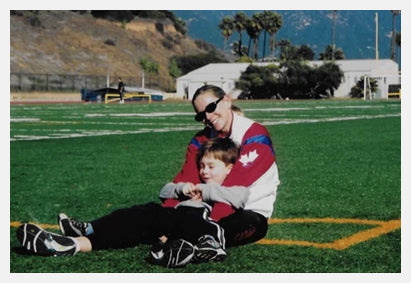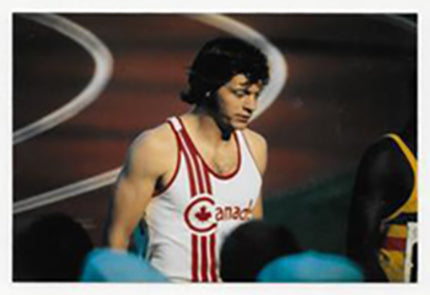Coach Ange's Blog

Top 10 Medicine Ball Exercises for Speed Training
Speed training and sprint training and extensive and intensive yet low intensity medicine ball workout. Coach Charlie Francis with comments by Coach Angela Coon
Top 10 Medicine Ball Exercises for Speed Training
Speed training and sprint training and extensive and intensive yet low intensity medicine ball workout. Coach Charlie Francis with comments by Coach Angela Coon

Telltale Signs of an Elite Sprinter and making ...
Hello Dear Reader and lover of Speed development and Sprinting; Take care of your nervous system. Learn everything you get your hands on about the CNS and don't take your...
Telltale Signs of an Elite Sprinter and making ...
Hello Dear Reader and lover of Speed development and Sprinting; Take care of your nervous system. Learn everything you get your hands on about the CNS and don't take your...
Managing Muscle Tightness for Sprinting
Overtraining and lack of understanding of how to train properly are two factors which might contribute to muscle tightness. ( One example would be that we alternated high intensity sprinting...
Managing Muscle Tightness for Sprinting
Overtraining and lack of understanding of how to train properly are two factors which might contribute to muscle tightness. ( One example would be that we alternated high intensity sprinting...
Warming Up for Sprinting in Track and Field
A Sprinters Warm up. 3 Essential Rules: 1. Think relaxation in all things you do. If you are not able to perform the movement in a relaxed way do something...
Warming Up for Sprinting in Track and Field
A Sprinters Warm up. 3 Essential Rules: 1. Think relaxation in all things you do. If you are not able to perform the movement in a relaxed way do something...
Sprint and Speed Diaries by Angela Coon May 1st...
Training Diaries I am sharing some of my speed and sprinting workouts with people interested in seeing methods discussed on our forums here since 2000. I am thankful and...
Sprint and Speed Diaries by Angela Coon May 1st...
Training Diaries I am sharing some of my speed and sprinting workouts with people interested in seeing methods discussed on our forums here since 2000. I am thankful and...
Three General Guidelines to Training
I get a lot of questions about training from clients and customers and friends. I get questions from mom's about their kids training and I get questions from girlfriends...
Three General Guidelines to Training
I get a lot of questions about training from clients and customers and friends. I get questions from mom's about their kids training and I get questions from girlfriends...
